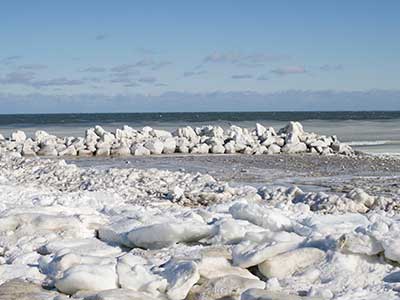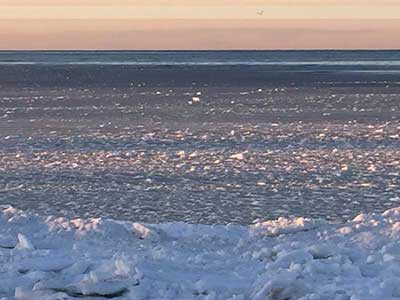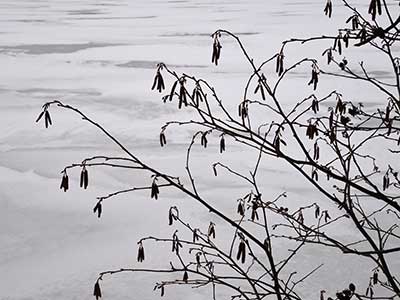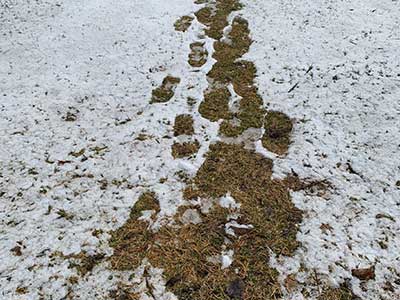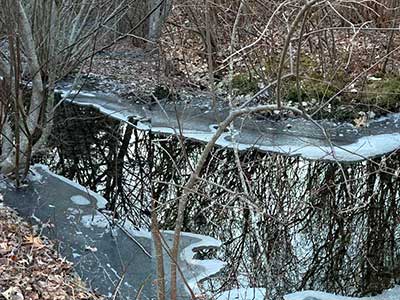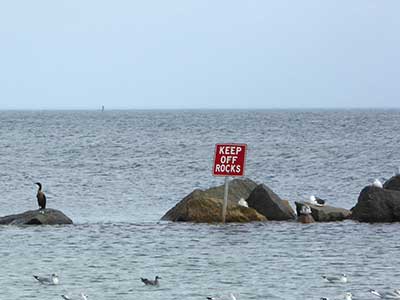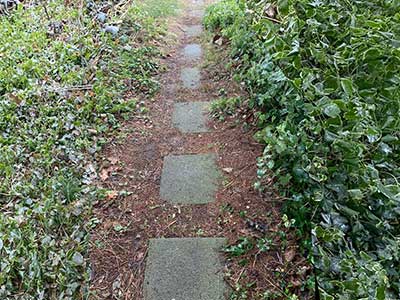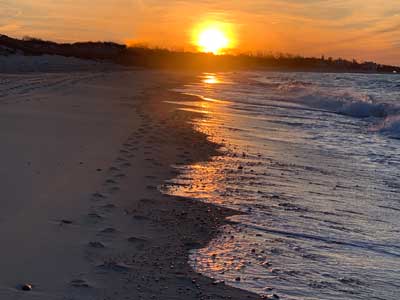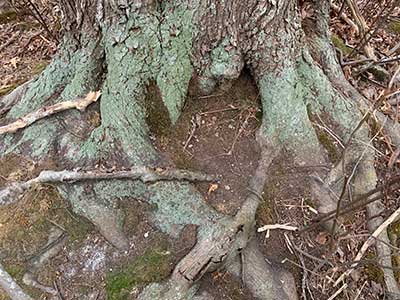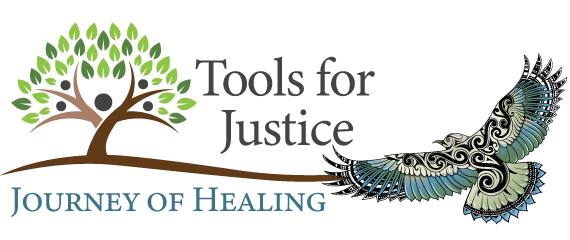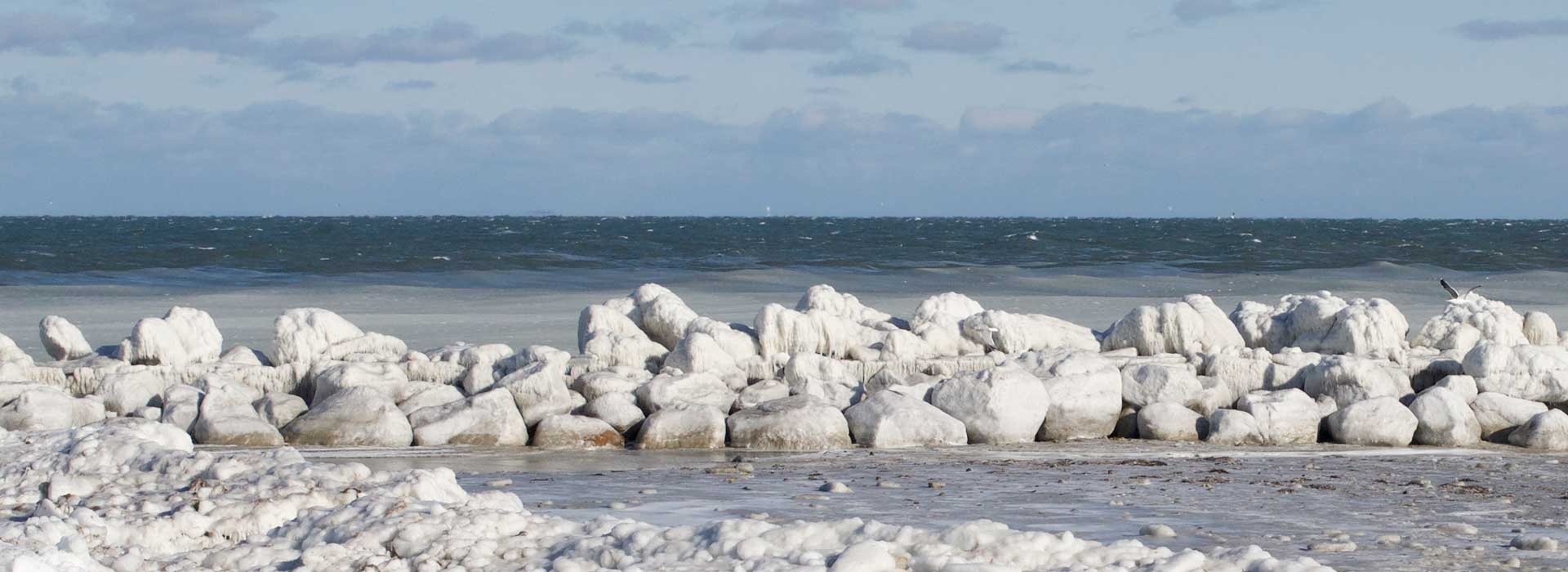
Introduction to Harm
Since the European invasion of the continent known to Indigenous People as Turtle Island, the original inhabitants have experienced unspeakable harm, accurately described as genocide*. The Journey of Healing’s purpose is to provide tools to learn and move beyond romanticization or denigration or co-option, instead to recognize of our responsibility.
On the other pages in this section we have divided the information into three categories:
- The Foundation of the Genocide (found in the Doctrine of Christian Discovery beginning legally with the Papal Bulls)
- Legal Genocide (using the Doctrine of Christian Discovery which provided the legal frameworks to entrench genocidal policies found in the US Constitution, the legal slavery of Indigenous people and the treaties made but never kept)
- Racial/Cultural Genocide (enabled by the boarding school policies, outlawing religious practices and fostering policies of linguistic genocide)
Following are four posts that contain documented examples of genocide.
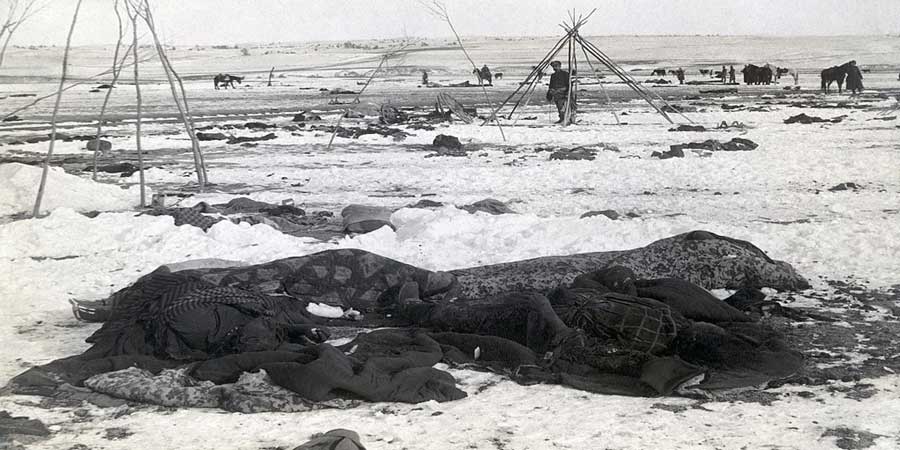
Massacres of Indigenous People
A primary example of genocide along with many others, included the Sand Creek Massacre of 1864 in Colorado, the 1863 massacre on the banks of the Bear River in Preston, ID, and the infamous Wounded Knee Massacre of December 28, 1890 in S. Dakota. The Pequot War in Connecticut was one of the bloodiest. As the killings of Pequot people became more and more frenzied, colonists celebrated thanksgiving feasts after each successful massacre.
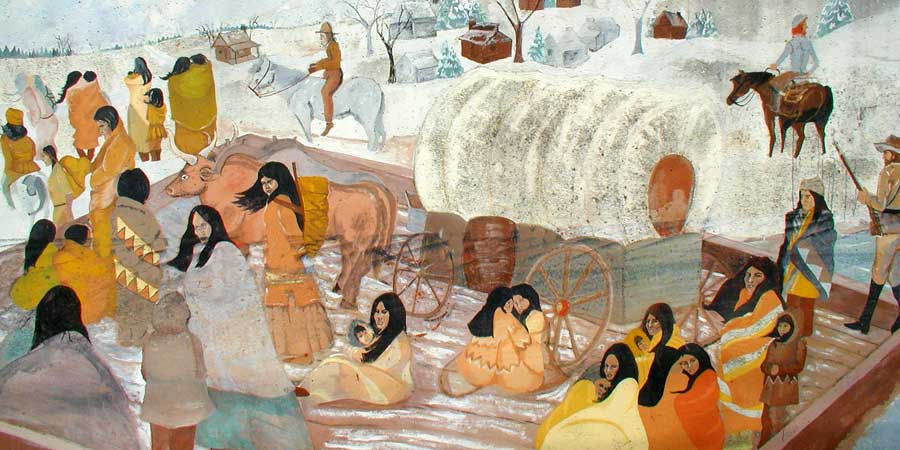
Indian Removal — Trail of Tears
A third example of genocide is what President Andrew Jackson called “Indian removal.” In 1830, as President, he signed the Indian Removal Act, which gave the federal government the power to exchange Native-held land east of the Mississippi for land in the west, in the “Indian colonization zone.”
Read the recollections from James Scott, the last survivor of the Trail of Tears.
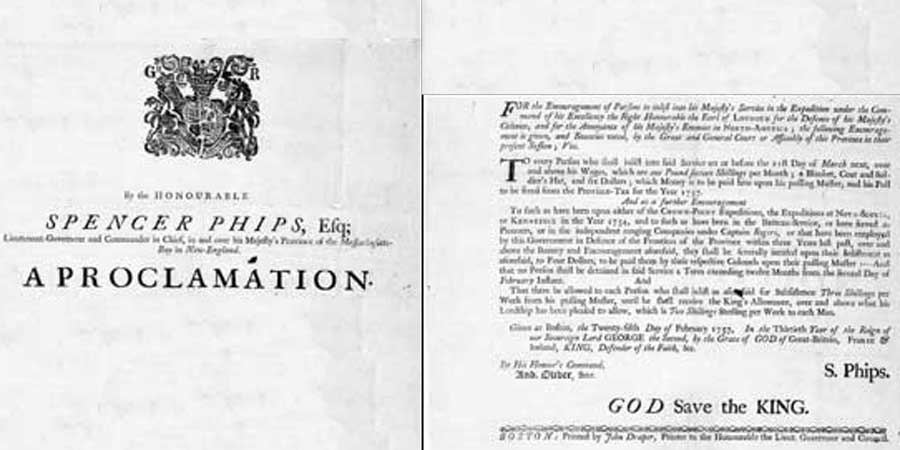
Scalping of Native People by Colonists
A second example of genocide is found in various proclamations such as one concerning the Penobscot:”Whereas the Tribe of Penobscot Indians have repeatedly acted contrary to their Solemn Submission unto his Majesty. I issue the Proclamation … “Included in the proclamation is “For every Scalp of such Female Indian or Male Indian under the Age of twelve years that Shall be killed and brought in as Evidence of their being killed as aforesaid, Twenty pounds”
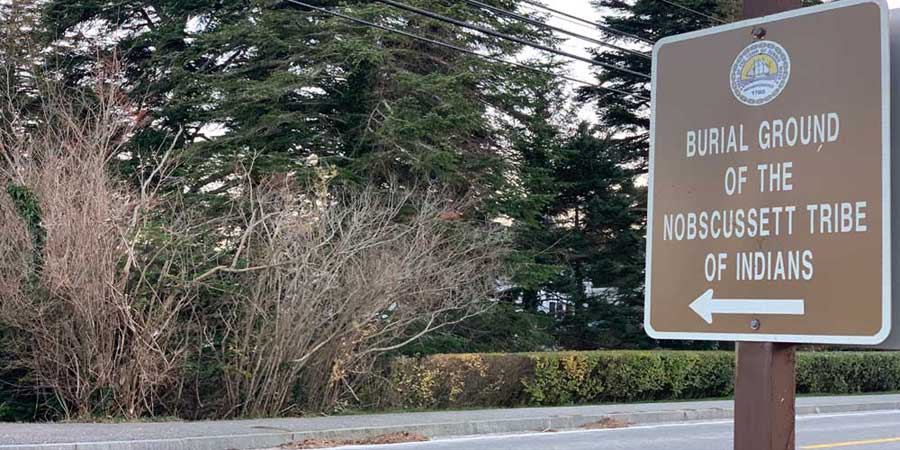
Down the Street Where I Live
A fourth example of the genocide that occurred from the first contact is visible down the street where I live. There is a a plaque that says “In 1614, English Captain Thomas Hunt captured over 20 Nausett and Patuxet, who, along with the Nobscussett were part of the Wampanoag confederation. They were brought to Spain where Captain Hunt sold as many as he could into slavery. In 1618 to 1619, a plague killed most of the Nobscussett.”
DID YOU KNOW?
Did you know that in the state of Colorado it was legal to kill native people until August 17, 2021?
— In 1864, after years of growing tension between settlers & surrounding tribes, Governor John Evans signed a proclamation legalizing the hunt & kill of native people.
— On Tuesday August 17, 2021 Colorado Governor Jared Polis signed an executive order undoing a 157 year old law that legalized killing and genocide of Indigenous people.
For 157 years, a Colorado governor’s order to kill Native Americans remained on the books. Not anymore.
By Jonathan Edwards | August 20, 2021
The full article is here…
Excerpt from the article…
Throughout 1864, tensions escalated between White settlers and Native Americans on the Colorado frontier. So John Evans, the territory’s second governor, made a proclamation in June of that year, telling “friendly Indians of the Plains” to report to outposts like Fort Laramie and Camp Collins for safety and protection.
DID YOU KNOW?
Did you know about Boston’s role in promoting scalping of Indigenous people?
The origin myths of the United States are peddled as self-evident truths, so when a group of artists and educators offer up a contribution that reassesses that record, they make it a priority to ensure as many people as possible rethink what they believe their histories to be. At least, that’s the case with the Upstander Project and their new documentary short Bounty, with a world premiere on November 10.
New short film explores Boston’s role in long, dark history of scalping Indigenous people.
By James Bennett II | November 10, 2021
The full article is here…
Excerpt from the article…
Scalp-bounty systems weren’t unique to New England during this time. “It started in Lower Manhattan; the Dutch were the first ones to encourage scalping against the Lenape … there was scalping in the Pequot war of 1637 in Connecticut,” explained Lesser.
But it was in New England — and specifically Boston — where the action was most prevalent. Lesser identified the city as a focal point of bounty aggression, with 69 bounty acts issued between 1675 and 1760. From there, she says, the practice spread both westward and south, covering the continent. Bounty systems were showing up as far away as California. (There, in “1849, the average daily wage was 25 cents,” said Lesser. “And the promise of $5 per scalp was considerable for day laborers.”) Sometimes, wealthy landowners would pool their money together into pots to be paid out to participants who were encouraged to enter Indigenous peoples’ territory and play their part in eradicating the population.
… The bounty system wasn’t a brief tide in history that receded after the United States gained independence; financial gains to be had for scalping could be found well into the 19th century.
DID YOU KNOW?
Lord Jeffrey Amherst (for whom the town Amherst MA was named) used smallpox blankets as a biological weapon against indigenous communities?
quotes from Amherst’s letter to Sir William Johnson:
“… it would be happy for the Provinces there was not an Indian settlement within a thousand Miles of them, and when
they are properly punished, I care not how soon they move their Habitations, for the Inhabitants of the Woods are the
fittest Companions for them, they being more nearly allied to the Brute than to the Human Creation. [p.186]
Colonel Bouquet’s poetic line, “… every Tree is become an Indian,” [
Excerpt from Early Biological War on Native Americans — Jeffrey Amherst and Smallpox Blankets
An additional source of information on the matter is the Journal of William Trent, commander of the local militia of the townspeople of Pittsburgh during Pontiac’s siege of the fort. This Journal has been described as “… the most detailed contemporary account of the anxious days and nights in the beleaguered stronghold.” Trent’s entry for May 24, 1763, includes the
following statement: … we gave them two Blankets and an Handkerchief out of the Small Pox Hospital. I hope it will have the desired effect.
Trent’s Journal confirms that smallpox had broken out in Fort Pitt prior to the correspondence between Bouquet and Amherst, thus making their plans feasible. It also indicates that intentional infection of the Indians with smallpox had been already approved by at least Captain Ecuyer at the fort.
Amherst College china plates depicting mounted Englishman with sword chasing Indians on foot were in use until the 1970’s.
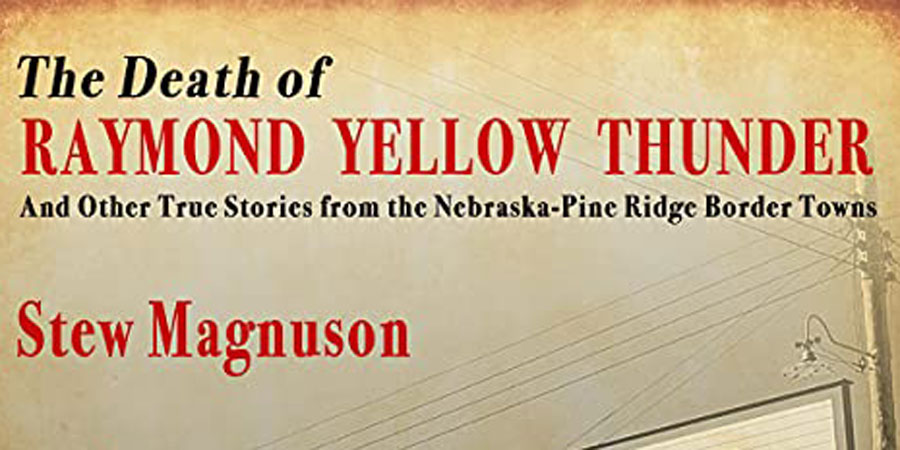
“The man who caused the American Indian Movement to gain national and worldwide attention was an Indian cowboy from Pine Ridge. His name was Raymond Yellow Thunder and we should never forget his name or the abuses his murder revealed.
Native American rancher, Raymond Yellow Thunder, in 1972 was attacked by racists, stripped from the waist down, and forced into an American Legion bar where people made fun of him, forced him to dance, and put cigarettes out on him.
ON A COLD WINTER EVENING in 1972, four young, restless white men and one woman were drinking beer and cruising the streets of Gordon, Nebraska, when they came upon an intoxicated Oglala Lakota ranch hand named Raymond Yellow Thunder.
They grabbed him by the hair, punched him in the face, stripped him from the waist down, and forced him into the trunk of their car. They thought it would be a great joke to shove him half-naked into the American Legion Hall, where a benefit dance was underway.
The townspeople stared in shock as the bruised Indian cowboy in the doorway pulled his shirttail down to cover himself and hid his face in shame. They took him outside to beat him to death. They put him in the trunk of their car and drove around. Then they put him into the cab of a pickup truck in a used car lot where he died. Two little boys found his body a week later. He had died of a cerebral hemorrhage.
His death became notable as an example of a racial assault, as he was murdered by four white men who had bragged earlier that evening about beating an Indian.
Melvin and Leslie were initially charged with assault and battery and released without bail. After AIM protested, the charges were upgraded to second-degree manslaughter. One of the five was never charged with anything. Three of them were charged with manslaughter and the fourth was charged with false imprisonment. But it was two months after the murder, in May of 1972, before any charges were made.
Raymond Yellow Thunder was castrated, his skull was crushed with a tire iron, and he was tortured with lit cigarettes.
The murderers received a light sentence. Leslie and Melvin Hare were eventually convicted of manslaughter and sentenced to six years with a $500 fine, and two years with a $500 fine, respectively.
The authorities were not going to charge anybody at first. But after a protest by a caravan of AIM people and people from Pine Ridge, the Hare brothers were charged. They were convicted and sentenced to a year in prison. The local Indian leaders called on AIM to come in to help protect them. The AIM protests over Raymond’s killing and the killing of Wesley Bad Heart Bull led directly to the Indian occupation of Wounded Knee in February 1973. AIM later established the Yellow Thunder Camp in Raymond’s honor.
Murders of Indians had been going on in South Dakota for a hundred years by that time. Before the Hares, allegedly, no white man had ever been arrested, tried, or convicted for killing an Indian. It was as hard to convict a white man of killing an Indian in South Dakota as it was to convict a KKK member for lynching a Black man in Alabama.
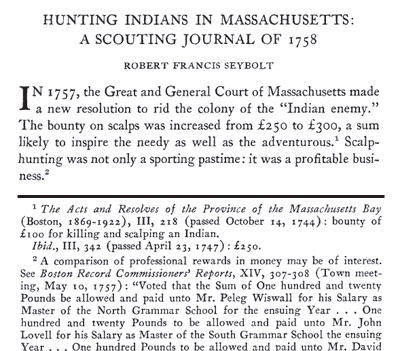
From 1990 advocates have been trying to change the official symbol of Massachusetts that from the late 19th century seal has featured a Native person surrendering with a downward pointed arrow, and a colonial broadsword over the Native person’s head. A Latin motto underneath the image translates: “Peace Under the Sword.”
Postscript to a July 16, 1763 letter from General Lord Jeffrey Amherst to his subordinate Colonel Henry Bouquet. “PS: You will Do well to try to Inoculate the Indians [with smallpox] by means of Blankets, as well as to try every other method that can serve to Extirpate this Execrable Race. I should be very glad your Scheme for hunting them down by dogs could take effect, but dogs [indecipherable] at too great a [indecipherable] to think of that at present.”
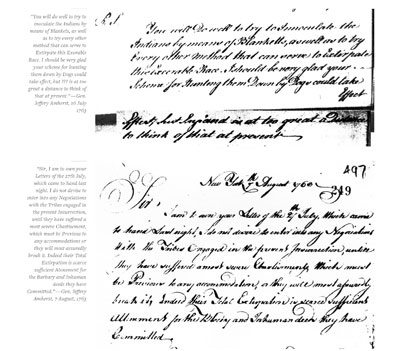
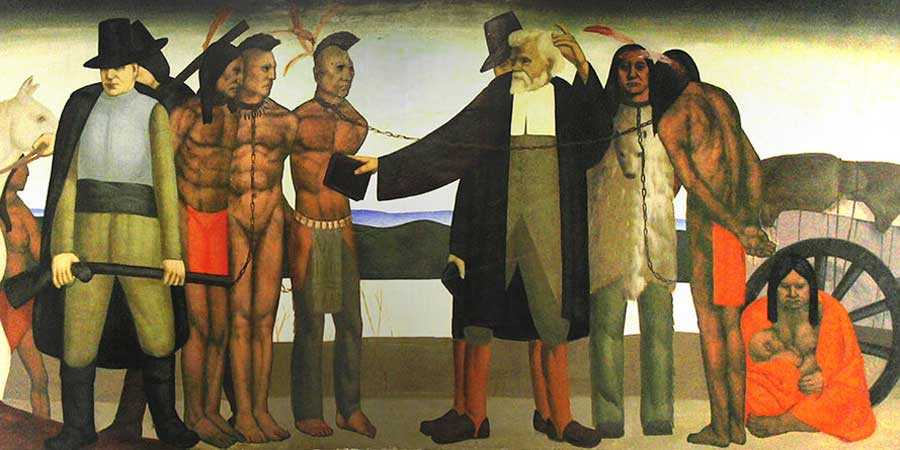
Colonial Enslavement of Native Americans
While natives had been forced into slavery and servitude as early as 1636, it was not until King Philip’s War that natives were enslaved in large numbers, Fisher wrote in the study. The 1675 to 1676 war pitted Native American leader King Philip, also known as Metacom, and his allies against the English colonial settlers.
An example
Transcription of text on right

“These laws of Louisiana apply only to slaves as when a black person is arrested if not claimed as a slave or proved to be free in two years he is sold as a slave; hence it follows that those free men who were arrested, being without money to pay expenses, become slaves by the operation of the laws of Louisiana.
In pursuing the cook of the William Tell, I found three other freemen confined in the same prison, one belong also to Baltimore, by the name of Leaven Dogerty: he was also released on my paying $28 expenses; one was a descendent of the Indians who once inhabited Nantucket — his name was Eral Lonnon, the grandson of Sarah Tashmy, who with Peter Micha and Joshua Chicken we’re the only three Indians I remember to have lived at Nantucket during my boyhood. Peter Micha then saved my life: he was, on a warm summers day, sitting in the shade of Barney Bunker’s mill, in approaching which my horse fell and rolled on me, so that I could neither move or call for help; when the old Indian Spring from his seat, swung his staff and shouted until he calls the horse to release me — and I am very happy to have had an opportunity to render a service to one of the few remaining of his tribe, before they become extinct. Lonnon had been six weeks in prison; he was released without difficulty on my paying $20 expenses, and no one seemed to know why he has been confined or arrested as the law does not presume persons of mixed blood to be slaves. But for the others, I had great difficulty in procuring what was considered competent witnesses to prove some free. No complaint of improper conduct had been made against any of them. The recorder said the witness must be white. Lonnon had been employed in the South Sea fishery from Nantucket and New Bedford, nearly all his life; has sailed on those voyages in the ships Eagle, Maryland, Gideon, Triton and Samuel. He was born at Mashpee Barnstable County Massachusetts and prefers to encounter the leviathan of the deep rather than the turn-keys of New Orleans.”
*The definition of genocide is “the deliberate and systematic extermination of a national, racial, political, or cultural group.” Population collapse which began at 1st contact between Europeans and Indigenous people in Native America spanned centuries and involved both colonial and federal administrations who were interacting with thousands of distinct Indigenous empires, cultures, and confederacies. By 1900, the indigenous population in the Americas declined by more than 80%, and by as much as 98% in some areas. The posts on this page and throughout this section explain the deliberate and systematic extermination of national, racial, political, or cultural groups.
White scholars’ estimations of the Indigenous population before first contact vary widely. In 1924, Paul Rivet and Karl Sapper estimated that between 40 and 50 million people lived in the hemisphere. Both Rivet and Sapper later revised their estimates downward to 15-31 million. In 1964, Woodrow Borah estimated “upwards of 100 million” Native inhabitants. Two years later, Henry Dobyns estimated the Indigenous population of the hemisphere to be between 90 million and 112.5 million. In 1987, Thornton provided an estimate of about 75 million and the following year, Dobyns revised his estimate significantly upward to 145 million. In 1992, Stannard estimated the original population of the hemisphere at about 100 million.
Whether it was 15 million or 145 million, in 1800, only about 600,000 Indigenous people remained in the United States. By 1900, the Indigenous population in this country reached its lowest point of about 237,000 people.
Healing cannot start until those of us in and of the oppressor class understand the history of our ancestors. (Even if your ancestors didn’t live here, you are living on Native land so have the same duty to understand.)
Click here to see:
“Grim Commerce: Scalps, Bounties, and the Transformation of Trophy-Taking in the Early American Northeast, 1450-1770,”
(250-page 2013 dissertation by Margaret Haig Roosevelt Sewall Ball). The thesis documents over 50 Massachusetts Indian Scalp Bounties. See Appendix C.
See Detour Spotting — for White Anti-Racists:
The above link takes you to 28 specific attitudes or behaviors that indicate a detour or wrong turn into white guilt, denial or defensiveness. and explain a Reality Check and Consequence for each.
Number 16 is particularly relevant to the content of this website.
16) I Was An Indian In a Former Life
“After that sweat lodge I really know what it feels like to be an Indian. I have found my true spiritual path.”
Reality Check and Consequence
This is spiritual or cultural appropriation and poses a serious threat to the integrity and survival of Native cultures. To fill a void in their own spiritual core, some white people are drawn into the New Age garden to pick from a variety of Native spiritual practices usually offered for sale. (White writers, such as Lynn Andrews and others, garner high profits from fictitious “Indian” writing and teaching, while many Native writers can’t find publishers.) Since Native spiritual practice is inseparable from history and current community, it cannot be disconnected from that context to service white people searching for life’s meaning. Appropriating selected parts of Native cultures romanticizes the lives of Native peoples while denying their struggles. Their land and livelihoods stolen, indigenous peoples now see white people trying to steal their spirituality. Rather than escape our white racism by finding a spiritual path, we instead collude in one more way with the genocidal attacks on Native cultures.
